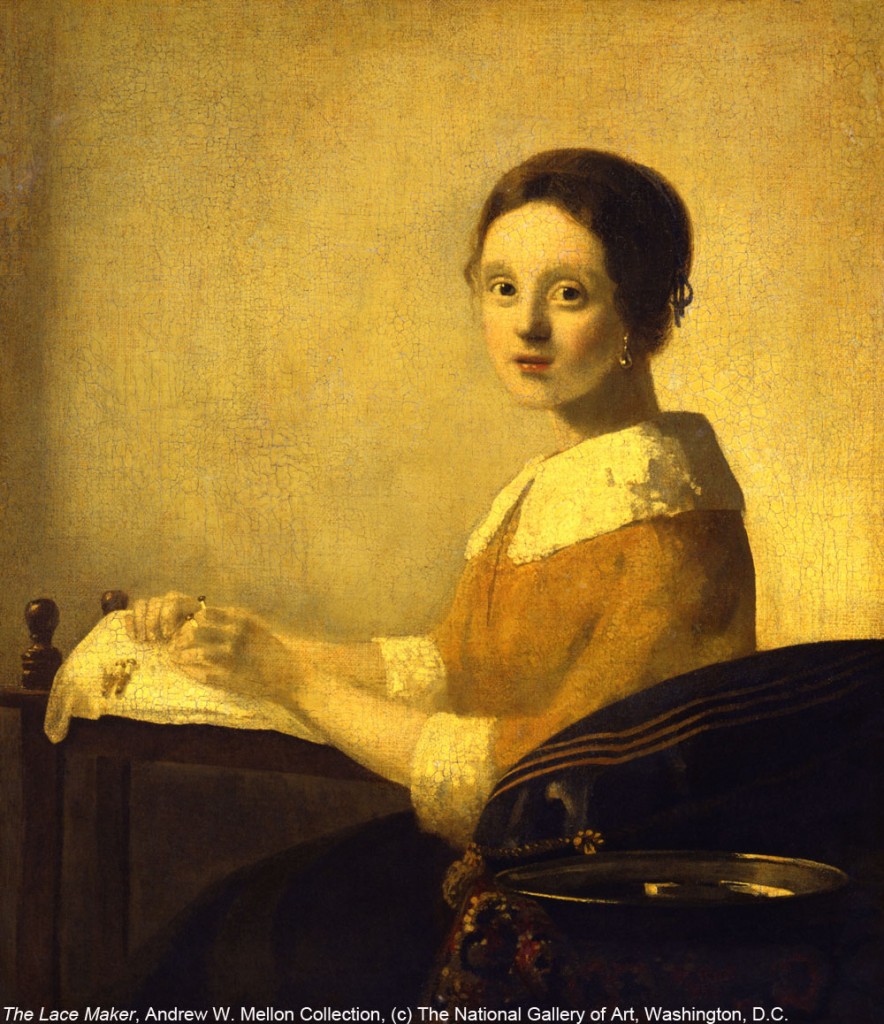Walking the cat back
This is quite nice, from Schjeldahl:
What do we see when we look at a painting? Decisions. Stroke by stroke, the painter did something rather than something else, a sequence of choices that add up to a general effect. If you’re like me—and, yes, I count myself a middling connoisseur—you register the effect and then investigate how it was achieved; walking the cat back, as they say in espionage. As a trick, ask yourself, of details in a painting, something like, “Why would I have done that in that way?” The aim is to enter into the mind, and the heart, of the creator. Attaining it entails trust, like that of a child attending a fairy tale.
Looking with this kind of absorption won’t immunize you to falling for a fake, but you are apt to be confused by false notes if the supposed artist’s style is familiar to you. The game then deepens. The forger hopes that, because you’re credulous, you will revise your estimation of the artist to accommodate the surprises. Or consider a reverse case: you’re told that an authentic work is a forgery. Paranoically, you view everything in it as sham. Again you’re bewildered, this time thrown into doubt about your powers of perception. You conclude that you’re a hopeless sucker.
To judge a work of art involves self-surrender.
You are something other than your own person when in art’s spell. If you dread being made a fool of, you will steer clear of art altogether. But risking foolishness, and succumbing to it occasionally, builds up antibodies of wisdom.

Comments are currently closed.